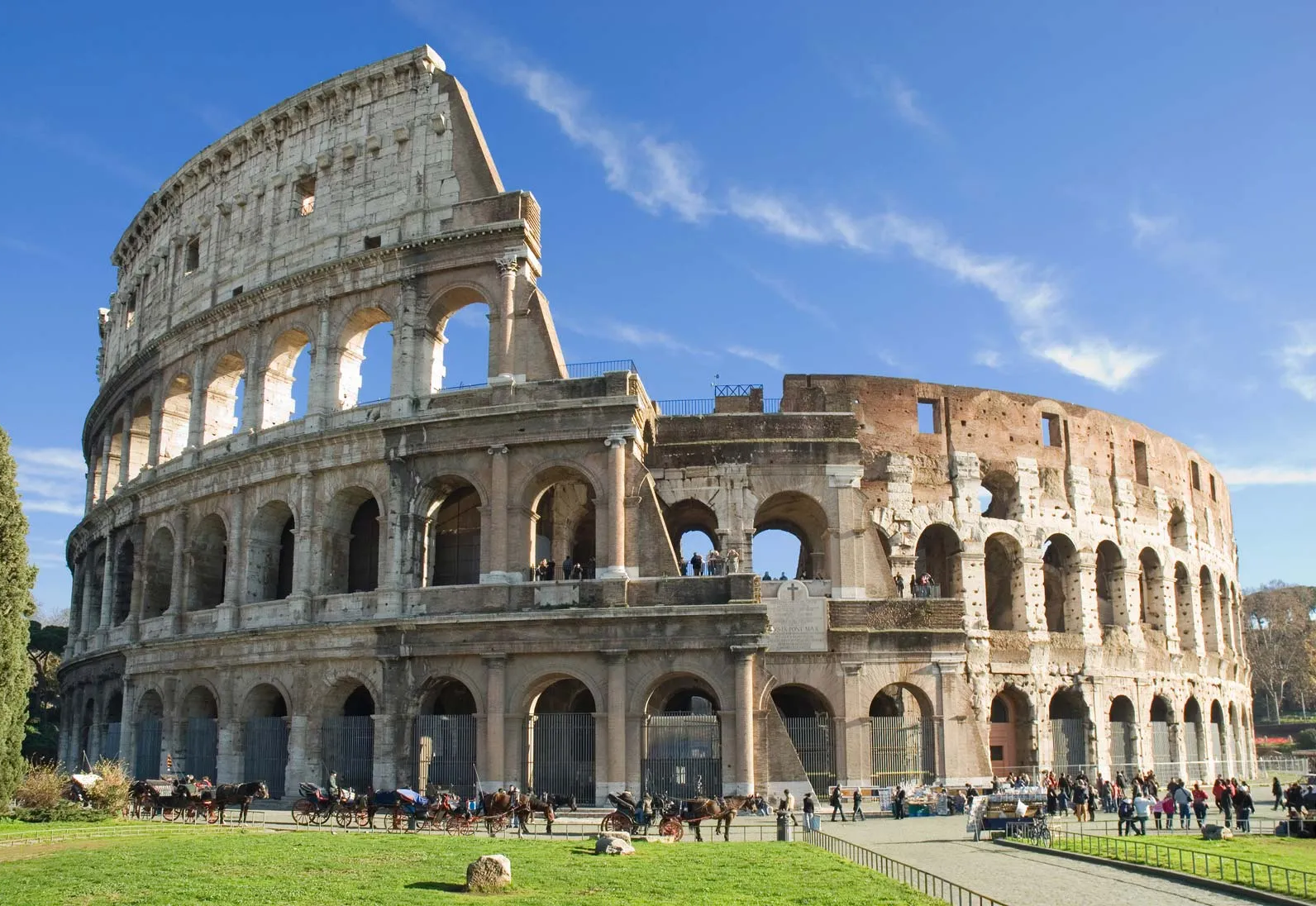The Colosseum in Rome, also known as the Flavian Amphitheatre, is one of the world’s most iconic and recognizable landmarks. This ancient amphitheater has a rich history, spanning over two thousand years, and has become a symbol of Roman engineering and architecture. The following article will explore the history, construction, battles, architecture, and preservation of the Colosseum.
The History and Construction of the Colosseum
The Colosseum was constructed in AD 70-80, during the reign of the Flavian dynasty, as a gift to the people of Rome. The amphitheater was designed to host various events, including gladiator battles, animal hunts, and public spectacles.
The Colosseum was built using cutting-edge engineering and construction techniques, with a capacity to hold up to 80,000 spectators. It was made using concrete, stone, and brick, and was adorned with marble columns and statues.
The Gladiators and Battles of the Colosseum
The gladiators were central to the events that took place in the Colosseum, and were considered celebrities in their time. They were often prisoners of war or slaves, who were trained in combat and forced to fight to the death in front of a cheering crowd.
The battles that took place in the Colosseum were often brutal and violent, with gladiators fighting each other or wild animals. These events were not only entertainment but also a means of control, as they helped to distract the populace from social and political issues.
The Architecture and Engineering of the Colosseum
The Colosseum is a testament to the innovative engineering and architectural skills of the ancient Romans. The design of the Colosseum was revolutionary, with its oval shape and underground tunnels that allowed for the swift entry and exit of gladiators and wild animals.
The amphitheater was also equipped with a complex system of elevators, trapdoors, and pulleys that allowed for the quick and efficient movement of scenery and props. The Colosseum’s design and engineering have had a lasting influence on modern architecture and engineering.
The Preservation and Restoration of the Colosseum
The Colosseum has been subjected to centuries of natural disasters, looting, and neglect, which has caused significant damage to the structure. However, various restoration projects and conservation efforts have been undertaken over the years to preserve the Colosseum for future generations.
The most significant restoration project was carried out in the 1990s, which involved a multi-million-dollar renovation of the amphitheater’s exterior and interior. The project included the repair of the Colosseum’s walls, cleaning of the marble, and reinforcing the structure against earthquakes.
Conclusion
The Colosseum in Rome is a testament to the innovative engineering and architectural skills of the ancient Romans. Its rich history, cultural significance, and unique design make it one of the world’s most popular tourist destinations. However, it is also a symbol of the brutal and violent nature of ancient Roman society, and a reminder of the importance of preserving and promoting our cultural heritage for future generations. As we continue to explore and discover the wonders of the past, it is essential that we also work to protect and conserve these priceless treasures for future generations to come.





